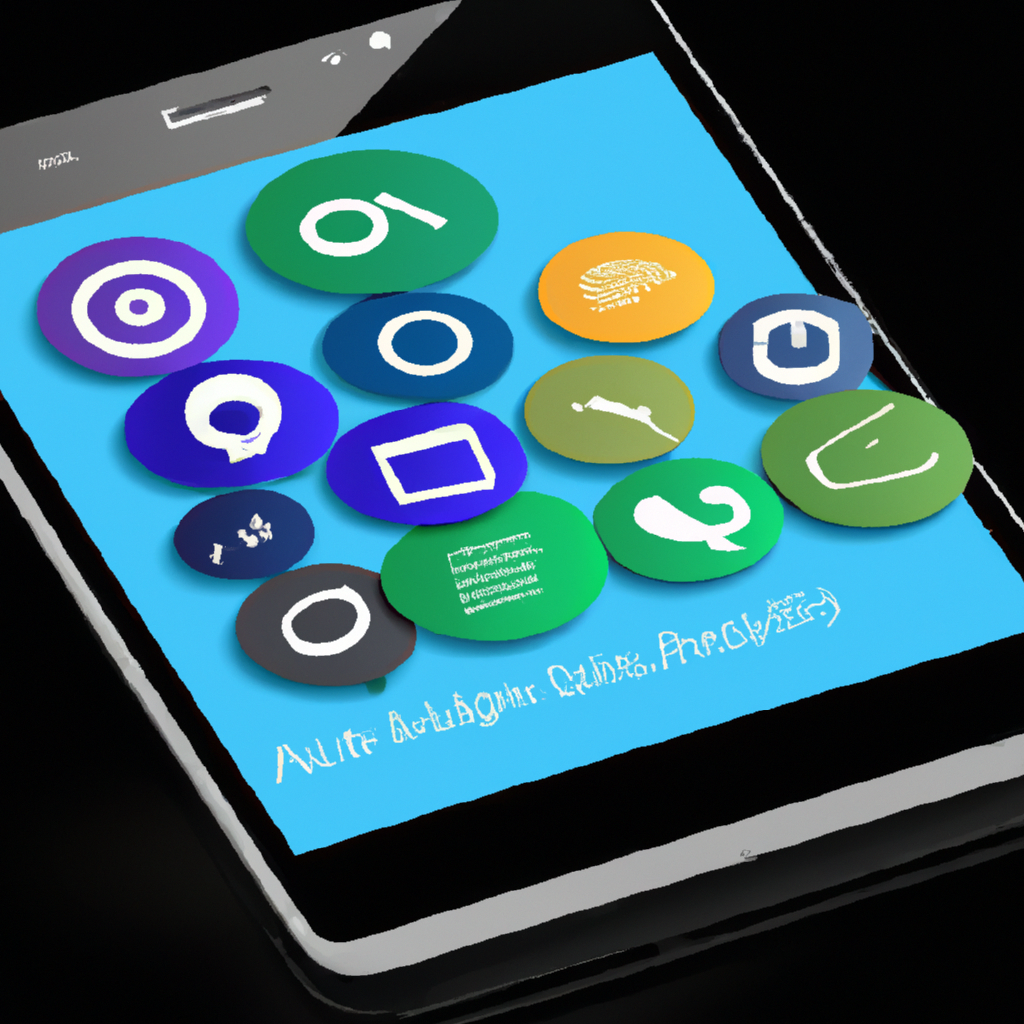
Customizing for Accessibility: Making Tech Easier to Use for Everyone
At the heart of technology is the mission to simplify life and increase efficiency. However, technology’s capacity to be beneficial to all hinges on its accessibility. With this in mind, technological innovations now prioritize customization for accessibility, ensuring that everyone, regardless of physical abilities or age, can effectively utilize technology. This article explores the importance of customizing for accessibility and the strides taken in ensuring tech is inclusive for all.
1. Understanding Accessibility in Tech
Accessibility in tech refers to the design of devices, services, and applications that everyone, including people with disabilities and older individuals, can use effectively. It encompasses:
- Hardware: This includes adaptable keyboards, screen readers for the visually impaired, speech recognition software, and other physical adaptions for devices.
- Software: Involves applications with customizable settings for font size, color contrast, and text-to-speech options, among others.
- Web Accessibility: Encompasses designing websites and online services so they can be accessed and navigated easily by all users.
2. The Importance of Customizing for Accessibility
Customization for accessibility is not only a matter of inclusion but also one of legal and ethical importance:
- Inclusion: Customizing for accessibility ensures that all individuals can use technology effectively, promoting inclusive digital interaction.
- Legal Requirement: Laws such as the Americans with Disabilities Act (ADA) and the European Accessibility Act mandate that digital platforms and services must be accessible to everyone.
- Expanded User Base: Accessible design also creates an opportunity for businesses to reach a wider audience, expanding their user base and potential market.
3. Accessibility Customization in Action
Modern digital platforms and devices have made significant strides towards inclusive accessibility. This awareness and action toward accessibility can be seen in the following examples:
- Smartphones: Both Android and iOS have accessibility settings that allow users to customize display, audio, interaction controls, and more according to their needs. This includes features like voiceover, magnification, closed captioning, and switch control.
- Web Design: Web Content Accessibility Guidelines (WCAG) direct how websites should be designed and structured for maximum accessibility, including the use of alternative text for images, captions for videos, and high-contrast text.
- Digital Assistants: Siri, Alexa, and Google Assistant enable users to interact with technology through voice commands. They can assist with numerous tasks, significantly aiding those with physical or visual impairments.
4. The Future of Accessibility Customization
As technology advances, the scope for accessibility customization is bound to increase. Future developments might include greater AI integration in accessibility tech, more comprehensive speech recognition solutions, and advanced assistive technologies that predict user needs, making technology truly intuitive for everyone.
5. Conclusion
Customizing for accessibility is not merely a feature of technology; it is a necessity to ensure that the digital world is inclusive for everyone. As advancements continue, inclusive design that respects and honors all aspects of human diversity will become the norm. A world where technology is accessible to all is a world where everyone has the opportunity to contribute, engage and thrive.